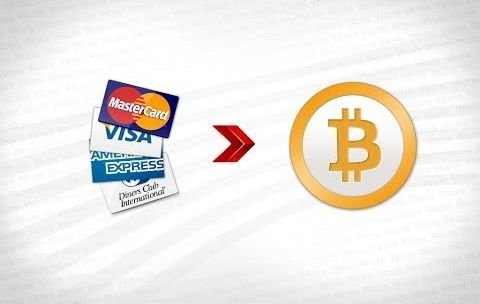
Bitcoin and other cryptocurrencies are designed for wealth storage and transacting, creating a hybrid between gold and fiat. But when it comes to making purchases, they still fall a little short of what most consumers are looking for: transactional security. Let’s take a look at the hurdles cryptos are facing when dealing with consumerism.
Bitcoin is Irreversible
This is both one of its strengths and its weaknesses. This generally plays to the advantage of the merchant, in that they know for sure that the funds received are theirs to hold – there’s no risk/worry about a credit card processor turning around and taking the money back. Now, this is excellent for merchants that are friendly and willing to help resolve issues. But due to the irreversible nature, there are many that are out there to steal money and/or will stop caring about what their customers think since they have no risk once the sale is complete.
In contrast, we have credit cards. You’re free to use them without worrying about what happens. If a merchant steals, you do a chargeback. And many processors will even offer things like reimbursements if prices change or merchants refuse to honor a set return policy. The security behind them is so great, in fact, that many will even transact using credit cards instead of cash – because it’s no longer you vs. the merchant, and you have another player on your team (the credit card processor).
They’re Volatile
While crypto investors can abide by the “don’t hawk over the price” tip many give when dealing with them, it’s important to understand that price fluctuations do affect things when it comes to making a purchase. Let’s say, for example, you have $50 worth of Bitcoin and $50 in cash. You go to the store and plan to spend $45. You will leave with $5 in cash, as it is still worth the same it was when you went in. With cryptos, however, you could walk out with less items (as the price went down) or even leave with more cash value than you went in with. There have been some attempts to peg the price of some coins to fiat, such as through a coin called Tether, but for the most part, this is something that affects all consumers.
Returns Can Differ
When you make a purchase and return an item, different places will handle it in different ways. There are essentially three paths they can pick from: fiat reimbursements based on the purchase price, return the original crypto payment amount, or send the equivalent fiat value in crypto as of the return time. It is very important to understand which one the merchant is going to be using before getting involved if you think there’s a chance to make a return – not knowing can end up being a costly mistake otherwise.
Conclusion
Crypto is still in its infancy, and it has a lot of room to grow. Some would consider it as going through growing pains right now, but for the most part, purchases are much better being done via fiat – credit cards being the safest route. For merchants, however, the opposite is true, in that it gives the ultimate form of protection and takes the reliance on third parties out of the equation. In any case, finding a solid balance here is of extreme importance, and there are many parties working on getting that done. Until then, just be aware!
can i purchase by creadit card?
Downvoting a post can decrease pending rewards and make it less visible. Common reasons:
Submit